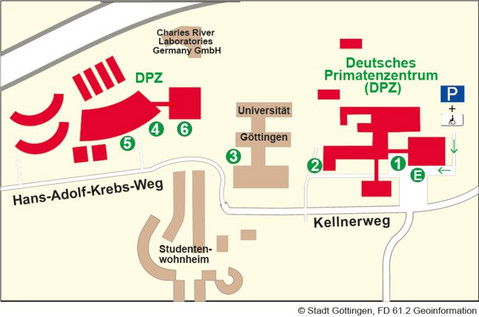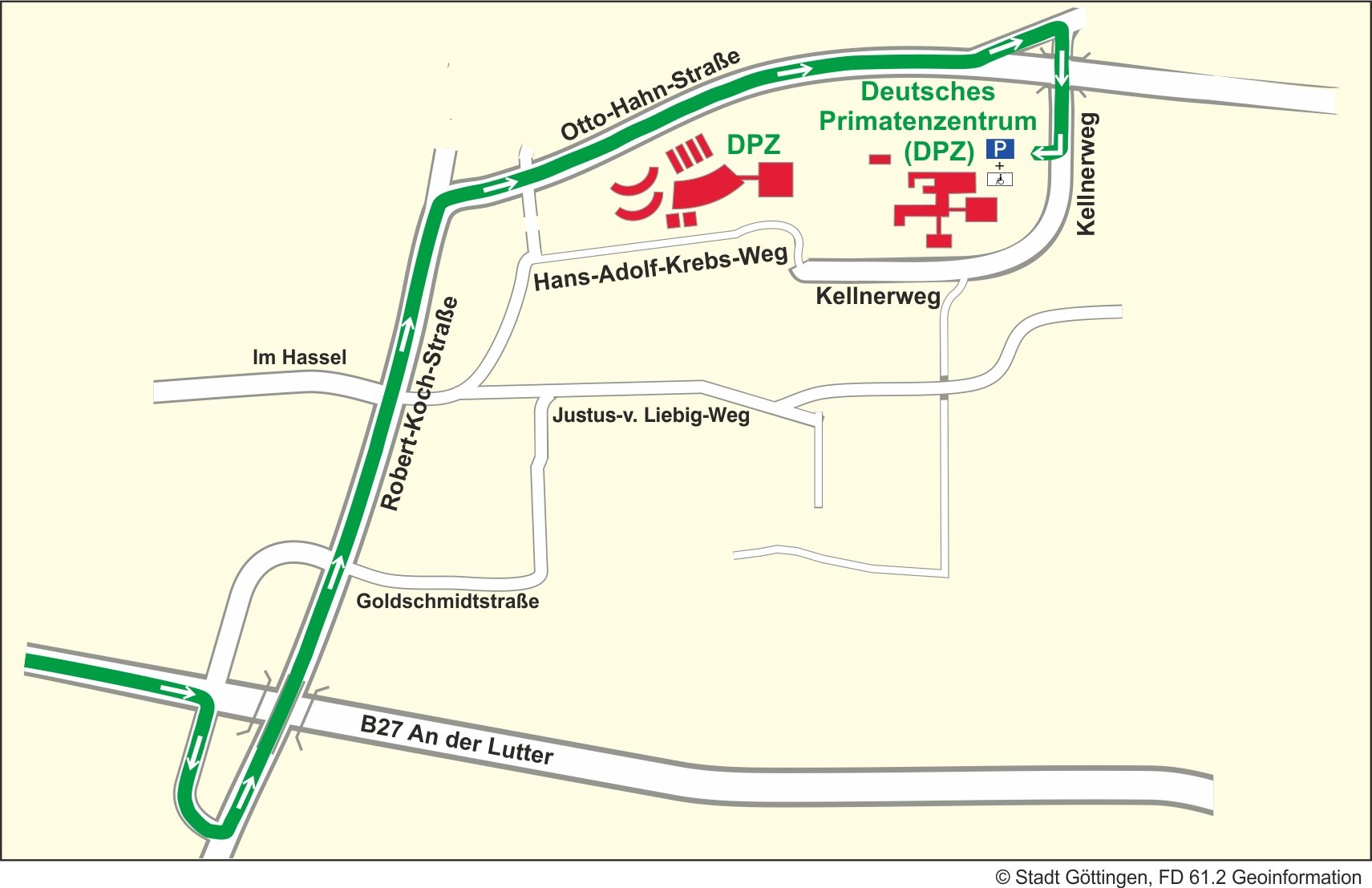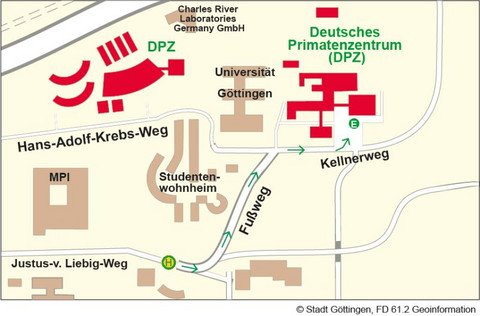Harmonic Organization of Primate Auditory Cortex
Als Kalendereintrag speichernA fundamental structure of sounds encountered in the natural environment is the harmonicity. Harmonicity is an essential component of music found in all cultures. It is also a unique feature of vocal communication sounds such as human speech and animal vocalizations.
Harmonics are produced by a variety of acoustic generators and reflectors in natural environments, including vocal apparatuses of humans and animal species as well as music instruments of many types. Given the widespread existence of the harmonicity in many aspects of our hearing environment, it is natural to expect that it be reflected in the evolution and development of the auditory systems of both humans and animals, in particular the auditory cortex. Recent neuroimaging and neurophysiology experiments have identified regions of non-primary auditory cortex in humans and non-human primates that exhibit selective responses to harmonic pitches. Accumulating evidence has also shown that neurons in many regions of the mammalian auditory cortex exhibit characteristic responses to harmonically related frequencies beyond the range of pitch. Taken together, these findings suggest that a fundamental organizational principle of the primate auditory cortex is based on harmonicity. Such an organization can play an important role in speech and music processing by the brain. It may also form the basis of the preference for particular classes of music and voice sounds.
Referent/-in
Xiaoqin Wang (Johns Hopkins University)
Anfahrtswege zum DPZ
Lageplan des DPZ

E - Haupteingang/Anmeldung
1 - Geschäftsführung; Abteilungen: Infektionsbiologie/-modelle, Versuchstierkunde, Primatengenetik, Verhaltensökologie und Soziobiologie, Kognitive Ethologie, Neurobiologie; Verwaltung; Bibliothek; Stabsstellen: Forschungskoordination, Kommunikation, Informationstechnologie, Betriebstechnik
2 - Materialanlieferung/Einkauf
3 - Forschungsplattform Degenerative Erkrankungen; Forschungsgruppe Soziale Evolution der Primaten
4 - Abteilung Kognitive Neurowissenschaften
5 - Tierhaltung
6 - Bildgebungszentrum; Abteilung Funktionelle Bildgebung
Anreise mit dem PKW

Folgen Sie von der Autobahnausfahrt "Göttingen Nord" der B27 in Richtung Braunlage bis zur dritten Ampelkreuzung. Biegen Sie rechts ab Richtung Kliniken und anschließend links in die Robert-Koch-Straße. Am Ende der Straße fahren Sie rechts in Richtung Nikolausberg auf die Otto-Hahn-Straße. Die erste Straße zu Ihrer Linken ist der Kellnerweg, das Primatenzentrum ist ausgeschildert.
Anreise mit dem Bus

Ihr Fußweg von der Bushaltestelle Kellnerweg zum DPZ-Haupteingang/zur Anmeldung:
Von der Bushaltestelle Kellnerweg (Linie 21/22 und 23) Straße überqueren, in Fahrtrichtung des Busses gehen. Am Briefkasen links in den Fußweg einbiegen und rechts halten. Am Ende des Fußwegs rechts in den Kellnerweg abbiegen. Der Haupteingang des DPZ liegt dann auf der linken Seite.
Datum und Uhrzeit 05.12.23 - 11:00 - 12:30 Anmeldung nicht notwendig
Veranstaltungsort Michael-Lankeit-Hörsaal, DPZ
Leibniz-ScienceCampus
cschloegl@dpz.eu
0551-3851-480
